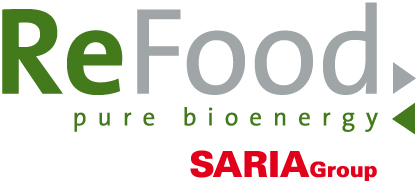At the start of the process, WRM established the components required by ReFood to complete the bespoke permit. After identifying the required documents, WRM directly worked with ReFood and the Environment Agency to gather the necessary information and complete the permit submission documents in a timely manner.
The documents identified for the completion of the permit were:
- BAT Assessment—was undertaken to demonstrate that ReFood’s proposed activities were to be carried out in line with the Best Available Techniques (BAT). As this was for a novel treatment technology, WRM identified operational parameters and technical design data to provide confidence to the regulator that this was a suitable solution, providing acceptable protection to local sensitive receptors.
- Air Quality Impact Assessment— was undertaken to model potential air emissions originating at site and how they would disperse from site due to the operational layout. This included options modelling for flare location and run hours.
- Odour Management Plan— was undertaken to identify the potential for odour at the site and to scrutinise the proposed odour mitigation measures. The plan followed the requirements of the H4 Guidance and was approved with a novel odour treatment technology being deployed.
WRM worked hand-in-hand with the ReFood engineering team and operational manager to ensure that the correct technical information was presented and operational requirements were maintained.

